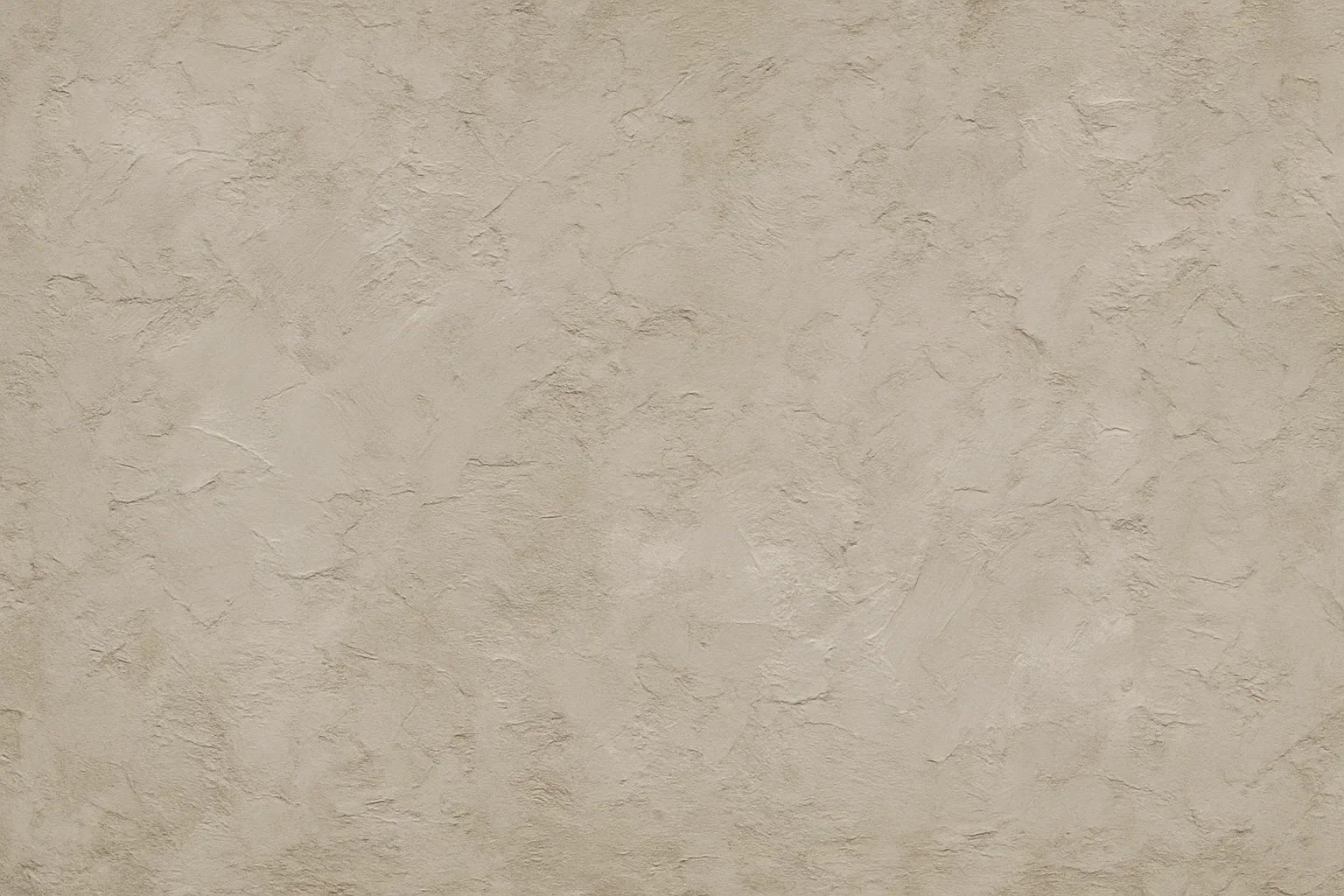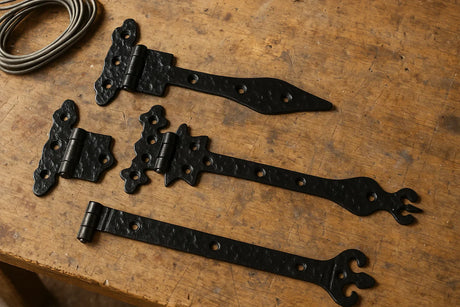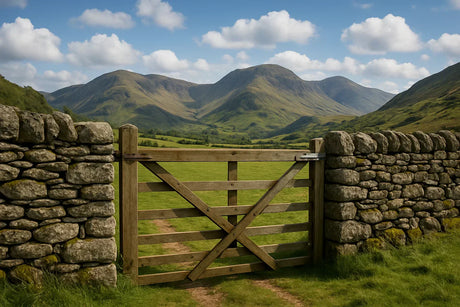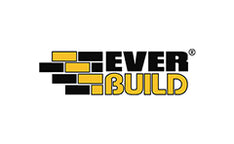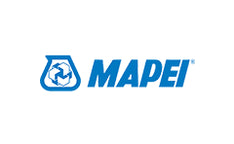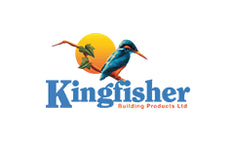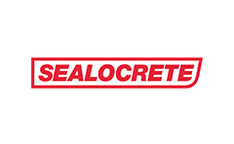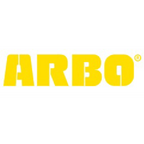Plastering is more than just a finishing touch — it protects, insulates, and enhances the visual appeal of walls and ceilings. Whether you’re restoring a heritage property, waterproofing a bathroom, or decorating a feature wall, choosing the right type of plaster is essential. In this complete guide, we’ll explore 15 popular types of plaster used across UK construction and renovation projects, comparing their key features and applications for both professionals and DIYers.
We have a huge range of plastering materials here. And trowels & mixing paddles for plastering here.
1. Gypsum Plaster
Best for: Interior walls and ceilings (dry areas)
Not suitable for: Bathrooms, wetrooms, or external walls
Gypsum plaster, often called “Plaster of Paris,” sets quickly and creates a smooth surface ideal for painting or wallpapering. It also provides excellent fire resistance. Commonly used over masonry or plasterboard.
🔧 Pro Tip: Avoid use on damp surfaces—it will absorb moisture and degrade.

2. Cement Plaster
Best for: Exterior walls, basements, and bathrooms
Composition: 1 part Portland cement to 3–4 parts sand, mixed with water
Durable and moisture-resistant, cement plaster is suitable for both internal and external surfaces. It forms a hard finish but is typically skimmed with finishing plaster for a smooth result.
💡 DIY Note: Apply in two coats to prevent cracking.

3. Lime Plaster
Best for: Heritage renovations, breathable walls
Lime plaster is eco-friendly, flexible, and breathable—perfect for older buildings with stone, brick, or cob. It self-heals minor cracks and is widely used in conservation projects.
🏛 Conservation Use: Essential for listed building restorations.

4. Clay Plaster
Best for: Natural, sustainable building projects
Clay plaster is non-toxic, moisture-buffering, and completely recyclable. Its natural appearance and thermal properties make it ideal for eco-conscious homeowners.

5. Heat-Resistant Plaster
Best for: Chimney breasts, wood-burning stove surrounds
Resists temperatures up to 650°C without cracking. Often used around fireplaces and flues.
🔥 Important: Use the correct primer for adhesion.

6. Waterproof / Polymer-Modified Plaster
Best for: Kitchens, bathrooms, swimming pools, basements
This plaster includes synthetic polymers to resist water and mould. Excellent for splash zones and condensation-prone areas.
🛁 DIY Use: Use a bonding agent for better adhesion to brick or concrete.

7. Acoustic Plaster
Best for: Music rooms, offices, theatres, schools
Absorbs sound and reduces echo. Applied over acoustic boards or absorbent substrates to create seamless, quiet environments.
8. Venetian Plaster
Best for: Decorative luxury finishes
A lime-based plaster with marble dust, applied in layers and burnished to achieve a marble-like shine. Common in high-end interiors.
🎨 Aesthetic Tip: Perfect for feature walls or ceilings.

9. Bonding Plaster
Best for: Smooth or low-suction surfaces like concrete
A strong undercoat plaster used on plasterboard or dense surfaces before applying a finish coat.

10. Browning Plaster
Best for: High-suction surfaces like brick
Undercoat plaster designed for absorbent backgrounds. Needs finishing with a skim coat.

11. Hardwall Plaster
Best for: High-traffic areas like hallways or commercial zones
Impact-resistant and strong, hardwall is fast-setting and ideal for rougher use environments.

12. Finishing Plaster
Best for: Final skim coat on interior walls
Common product: British Gypsum Multi-Finish
Used over undercoats to produce a polished, smooth surface ready for decorating.
🛠 DIY Friendly: Two thin coats with a clean trowel are recommended.

13. One Coat Plaster
Best for: Fast patch repairs and DIY projects
Simplifies repairs by combining base and finish coat in one application.

14. Decorative (Ornamental) Plaster
Best for: Cornices, ceiling roses, and mouldings
Typically made from gypsum, this plaster allows for intricate design work in classical interiors.

15. Keene’s Cement
Best for: Hospitals, schools, and high-wear areas
Polishable and extremely hard, Keene’s Cement is used where durability and hygiene are critical.

Quick Comparison Table
| Plaster Type | Best For | Suitable For Wet Areas | Decorative Use | Strength Level |
|---|---|---|---|---|
| Gypsum | Interior walls | No | No | Moderate |
| Cement | Exteriors, wetrooms | Yes | No | High |
| Lime | Historic buildings | Yes | Some | Flexible |
| Clay | Eco-builds | Limited | Yes | Moderate |
| Heat-Resistant | Fireplaces | Yes | Limited | High temp |
| Waterproof / Polymer | Bathrooms | Yes | No | High |
| Acoustic | Studios, halls | Yes | No | Sound absorbing |
| Venetian | Luxury interiors | No | Yes | Decorative |
| Bonding | Concrete, board | No | No | Basecoat |
| Browning | Brickwork | No | No | Basecoat |
| Hardwall | High-traffic | No | No | High |
| Finishing | Final skim | No | No | Smooth finish |
| One Coat | Quick repair | No | No | Moderate |
| Decorative | Ornamental work | No | Yes | Light |
| Keene’s Cement | Hospitals | Yes | No | Very high |
How to Choose the Right Plaster – Flowchart
Step 1: Indoor or outdoor?
→ Outdoor → Cement plaster
→ Indoor → Step 2
Step 2: Is it a wet or damp-prone area?
→ Yes → Waterproof or Cement plaster
→ No → Step 3
Step 3: Decorative effect needed?
→ Yes → Venetian or Ornamental
→ No → Step 4
Step 4: Heritage or eco-friendly project?
→ Yes → Lime or Clay plaster
→ No → Choose based on base type (Gypsum, Hardwall, Bonding, etc.)
Spotlight: Lime Plaster Benefits
- Allows moisture to evaporate (breathable)
- Ideal for stone or timber-framed buildings
- Antibacterial and mould-resistant
- Absorbs CO₂ during carbonation
- Self-healing cracks over time
Cement Plaster Mix Ratio
Standard mix:
- 1 part Portland cement
- 3–4 parts sharp sand
- Water to desired consistency
Apply in two coats:
- Scratch coat: ~10mm
- Finish coat: ~5mm
Cure with light misting for 3–5 days to prevent cracking.
Final Thoughts
The best type of plaster depends on your project’s location, environment, and intended aesthetic. Modern homes might benefit from quick-set gypsum or one-coat plasters, while traditional or eco-friendly builds often call for lime or clay. For high-moisture areas, cement or waterproof plasters provide long-term protection. With so many plaster types available, choosing the right one ensures a longer-lasting, more beautiful finish.

